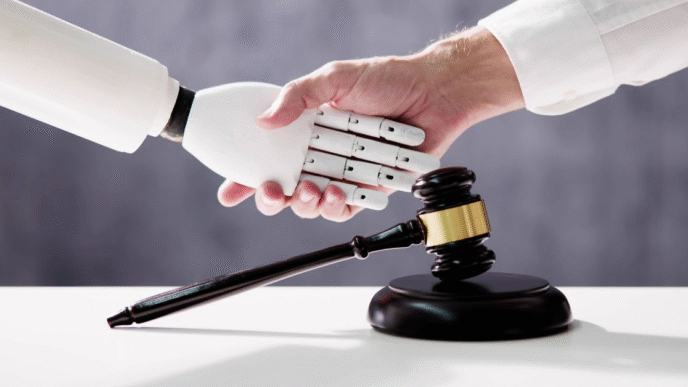Data breaches and cyber attacks are becoming more common in the healthcare industry, making it crucial for healthcare facilities to prioritize IT security. Patient data is highly sensitive and valuable, making it a prime target for hackers.
In this guide, we will discuss how you can optimize IT security for your healthcare facility to protect patient data and prevent cyber attacks.
The Importance of IT Security in Healthcare
The healthcare industry is a prime target for cybercriminals due to the valuable and sensitive data it holds. Electronic health records (EHRs) contain personal information, medical history, and insurance details – all of which can be used for identity theft or sold on the black market.
In addition to protecting patient data, maintaining strong IT security also ensures compliance with regulations such as the Health Insurance Portability and Accountability Act (HIPAA) in the US. Failure to comply with these regulations can result in hefty fines and damage to your facility’s reputation.
Steps for Optimizing IT Security
Here are some key steps you can take to optimize IT security for your healthcare facility:
Conduct Regular Risk Assessments: Regular risk assessments help identify potential vulnerabilities in your IT systems and processes. This allows you to address them before they can be exploited by hackers.
Implement Strong Access Controls: Limiting access to patient data is crucial for maintaining confidentiality and preventing unauthorized access. Implement strong access controls, such as two-factor authentication, to ensure only authorized personnel can access sensitive information.
Train Employees on Cybersecurity: Employees are often the weakest link in IT security, as they may unknowingly fall for phishing scams or use weak passwords. Educate employees on cybersecurity best practices and provide regular training to keep them informed of any new threats.
Utilize Encryption: Encrypting sensitive data is essential for protecting it from unauthorized access. This includes encrypting data at rest and in transit, such as when it is being transferred between systems or devices.
Keep Software and Systems Up to Date: Outdated software and systems are more vulnerable to cyber attacks. Regularly update and patch all software and systems to prevent potential vulnerabilities from being exploited.
Utilize Strong Firewalls: Firewalls act as a barrier between your internal network and external threats. Implement strong firewalls to prevent unauthorized access and monitor traffic for any suspicious activity.
Backup Data Regularly: In the event of a cyber attack or data breach, having recent backups of your data is crucial for recovering lost information. Implement regular backup procedures and store backups in a secure off-site location.
Utilize Intrusion Detection Systems (IDS): IDS systems can detect and prevent potential cyber attacks by monitoring network traffic for suspicious activity. Implementing an IDS can help prevent data breaches and protect patient data.
Conclusion
In conclusion, optimizing IT security is crucial for protecting patient data and complying with regulations in the healthcare industry. Regular risk assessments, strong access controls, employee training, encryption, software updates, firewalls, regular backups, and intrusion detection systems are all essential components of a robust IT security strategy. By implementing these measures, you can help prevent cyber attacks and safeguard sensitive patient information at your healthcare facility.













